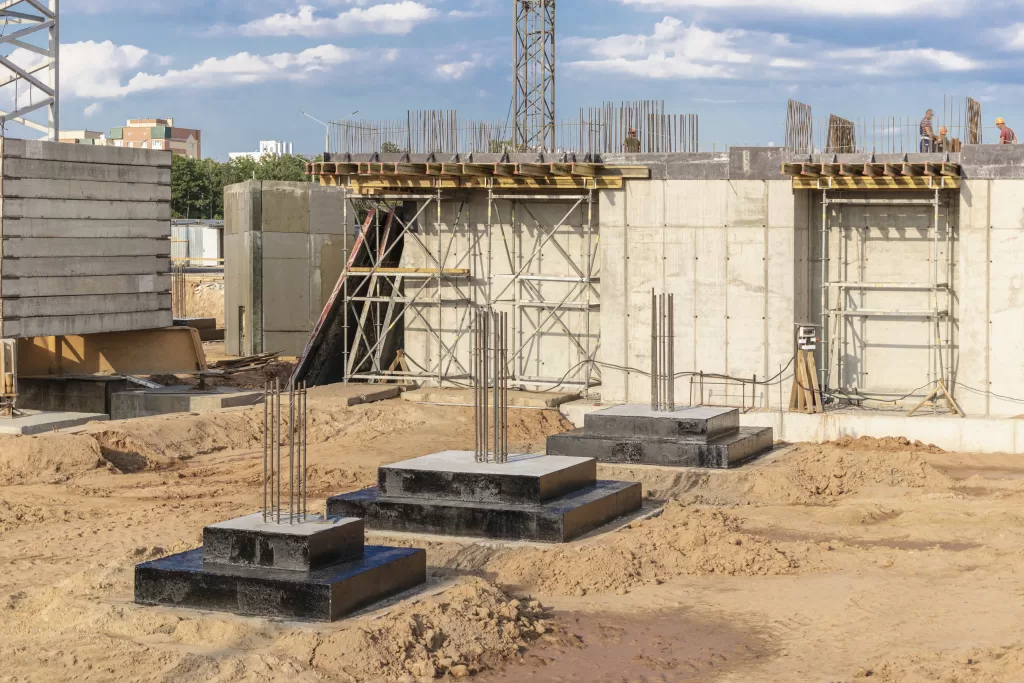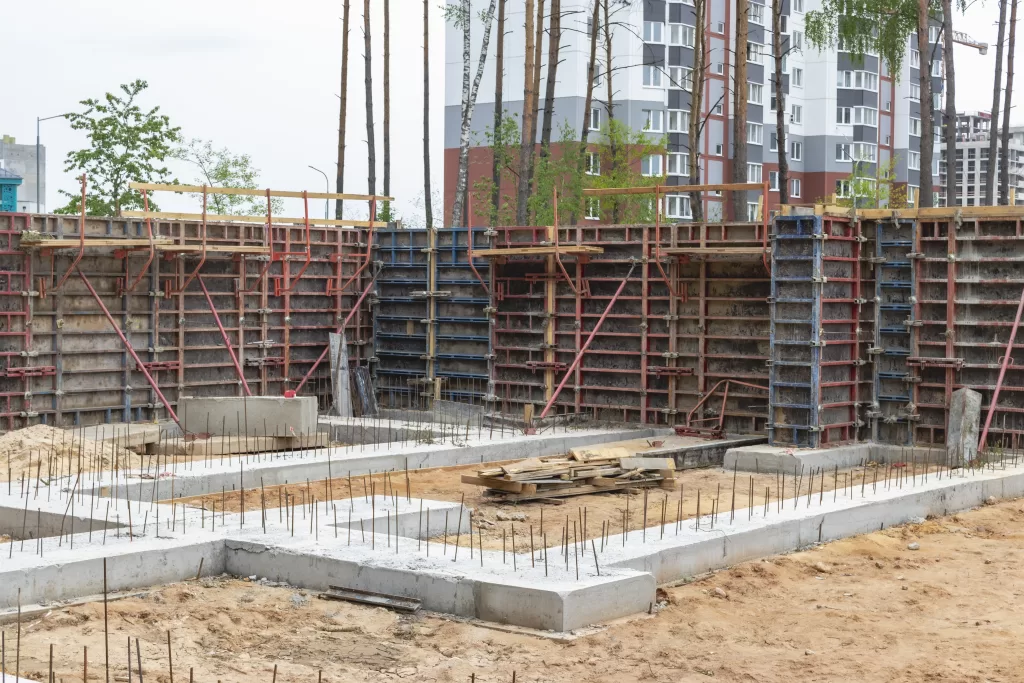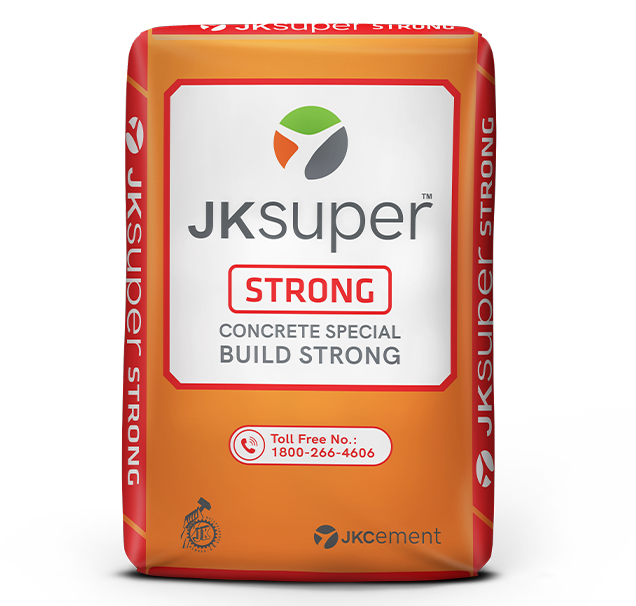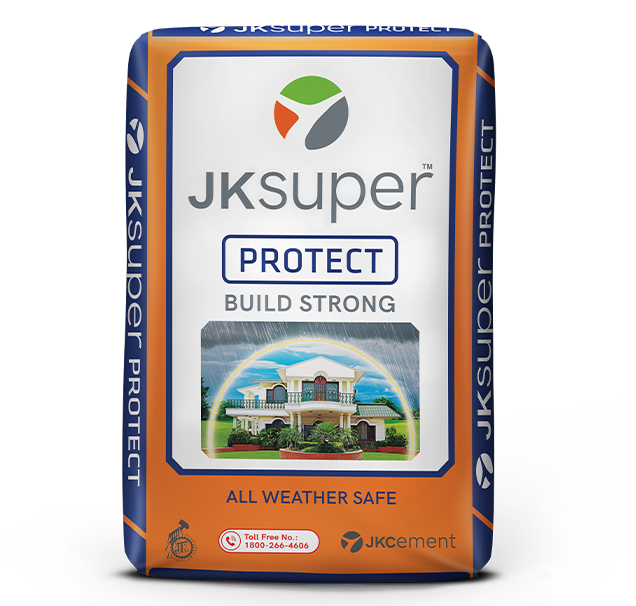Estimating concrete quantities accurately is an important aspect of any construction project. It ensures that you order the right amount of material. It also minimises waste and helps you maintain project timelines. Whether you are overseeing a large-scale construction project or want to work on a DIY project, understanding how to calculate the concrete amounts is crucial. So, continue reading to gain more insights on how to go about it.
Factors to Consider
Before you learn how to calculate the concrete quantity correctly, here are a few factors to consider:
Project Requirements:
Understand the specific requirements of your project, including the type of structure, intended use of concrete, and desired finish.
Concrete Mix Design:
Select the appropriate concrete mix design based on strength requirements, durability, and environmental conditions. Consult with a cement and aggregate supplier to determine the optimal mix for your project.
Quantity Needed:
Calculate the volume of concrete required based on project dimensions, taking into account factors such as depth, width, and length of the pour area.
Placement Conditions:
Consider site accessibility, weather conditions, and logistical constraints. These may affect concrete delivery and placement.
Time Constraints:
Coordinate concrete delivery schedules to meet project timelines and avoid delays.
Quality Assurance:
Verify the quality of cement and aggregates supplied by reputable suppliers. The quality must adhere to industry standards and specifications.
Reinforcement Needs:
Check if reinforcement such as rebar or mesh is required to enhance the structural integrity of the concrete structure.
Cost Considerations:
Compare quotes from multiple suppliers to find competitive prices while ensuring quality and reliability. Factor in additional costs such as delivery charges and overtime fees.
Understanding the Basics of Concrete Measurements
The basics of concrete measurements are important for accurate planning and execution of construction projects. Here’s a breakdown
Area Calculation
For simple shapes like squares or rectangles, area calculation involves multiplying the length by the width. For irregular shapes, break down the area into smaller, more manageable sections and calculate each separately.
Volume Calculation
Once the area is determined, calculate the volume of concrete needed by multiplying the area by the depth of the pour. Ensure consistency in units of measurement (e.g., feet, meters) throughout the calculation process.
Adjustments for Waste and Overages
Consider a certain percentage of waste and overage to account for spillage, uneven surfaces, and unexpected variations in thickness. Usually, a 5-10% buffer is added to the calculated volume to accommodate these factors.
Consideration of Concrete Mix Design
Depending on the project requirements, select the appropriate concrete mix design based on strength, durability, and other specifications. Consult with a concrete supplier to determine the most suitable mix for the project.
How to Calculate Concrete Quantity for Simple Projects
Let us consider a simple project like pouring a concrete patio with dimensions of 10 feet by 10 feet and a depth of 4 inches. Here are the steps:
Calculate the Area
Begin by calculating the area of the patio by multiplying its length by its width. In this example, it will be:
Area = Length × Width = 10 feet × 10 feet = 100 square feet.
Convert Depth
Since concrete is usually measured in cubic feet, convert the depth from inches to feet. If the depth is 4 inches:
Depth = 4 inches ÷ 12 inches/foot = 0.333 feet.
Calculate Volume
Next, calculate the volume of concrete required by multiplying the area by the depth:
Volume = Area × Depth = 100 square feet × 0.333 feet = 33.33 cubic feet.
Waste and Overages
Account for potential waste and overages. Add a percentage to the calculated volume. For example, adding a 10% buffer:
Adjusted Volume = Volume + (Volume × 10%) = 33.33 cubic feet + (33.33 cubic feet × 0.10) = 36.66 cubic feet.
Finalise the Quantity
For this simple project, approximately 36.66 cubic feet of concrete would be needed to pour a patio with dimensions of 10 feet by 10 feet and a depth of 4 inches. This is after accounting for waste and overages.
Select from a wide range of grey cement, white cement and other variants for top-notch construction solutions with JK Cement.
FAQs
How do I calculate the amount of concrete needed for a driveway?
To calculate the amount of concrete needed for a driveway:
-
- Determine the area of the driveway by multiplying its length by its width
-
- Multiply the area by the desired thickness of the concrete slab
-
- Add a percentage for waste and overage to ensure sufficient concrete is ordered
-
- Consider any variations in thickness or irregular shapes. Adjust calculations accordingly
What is the formula for calculating concrete volume?
The formula for calculating concrete volume is: Area (length × width) × Depth. This calculates the volume in cubic units.
Should I consider reinforcement and formwork when calculating concrete amounts?
Yes, when calculating concrete amounts, it’s essential to consider both. These factors will impact the concrete’s overall volume and quantity needed for the project.














